Close
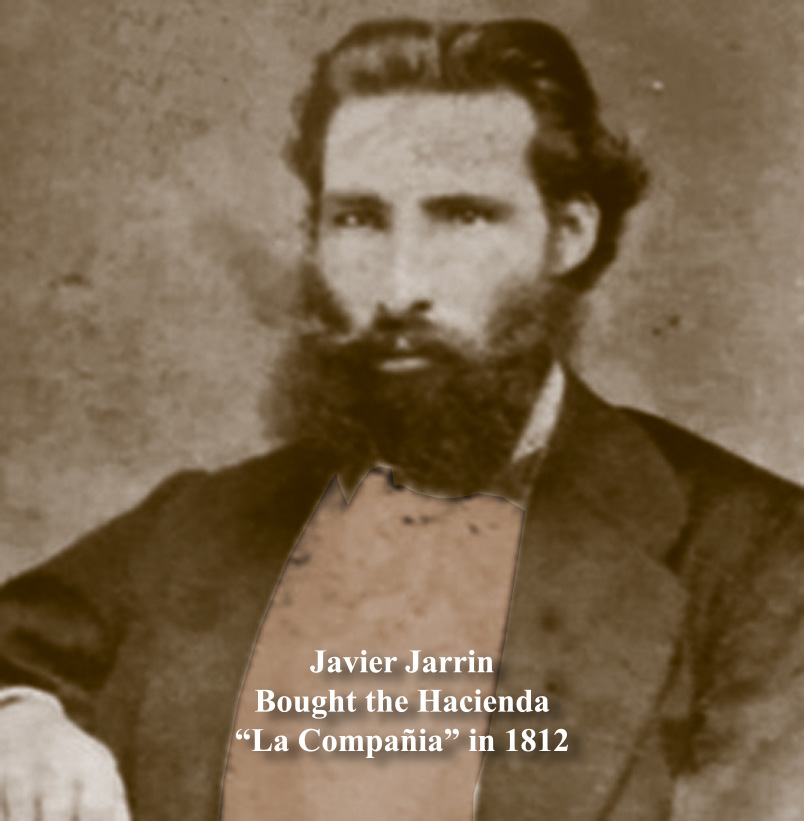
The walls of adobe of the Mill, keep the customs of the traditional hacienda ” The Company “, that was one of the great agricultural complexes of the catholic religious congregation “Society of Jesus” (Jesuits, company of Jesus) in Ecuador; hence its name.
The history of the hacienda goes back to the first times of the colony (1584) where the first land grants located in the region of Cayambe took place, which later became part of the hacienda.
The property passed into the hands of the Jesuit priests in 1605, and there is evidence that some Jesuits, who collaborated in the construction of the Church of the Society of Jesus in the Center of Quito, participated in the construction of the small Chapel of the hacienda, conserved to this day. With the expulsion of the Jesuits, ordered by King Carlos III in 1767, the hacienda passed into the hands of the Board of Temporalities that began from 1780 the auction of expropriated estates. Of its subsequent owners, it is only known that Mr. Mariano Gangotena was its owner until 1812, and in that year, he sold it to Mr. Ramón Paz y Miño.
The hacienda, and its historical heritage, since the year 1864 is owned by the Jarrín family and their descendants (currently in the sixth generation); who over the years have diversified the productive activities of the hacienda in: dairy farming, planting roses for export and sustainable cultural tourism.
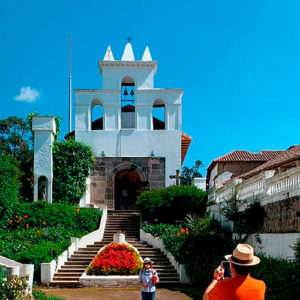
The hacienda came into the hands of the Jesuit priests in the year 1605. There is evidence that some Jesuits, who collaborated in the construction of the Church of the Society of Jesus in the historic center of Quito, also participated in the construction of the chapel located on the property, which is preserved to this day. The Jesuit chapel was built in 1605, and next to it is the “Cloister of the Society,” where the Jesuit priests lived. The renowned international magazine Condé Nast Traveler, founded in 1907, has featured this part of the hacienda.
At the end of the 19th century, Mr. Aquiles Jarrín (known as “El Gran Caballero del Norte” The great Knight in the North), a visionary and enterprising man, began the project of importing and installing the largest hydraulic mill in the north of the country.
After an exhaustive analysis between bidding companies, the design chosen was that of the company Cusson of France.
The anecdote of the business is that it was closed by the singular exchange of a ring of diamonds by the parts and pieces of the turbine of the mill, which arrived at the port of Guayaquil by sea and were transferred to Cayambe on the back of a mule, as was styled in the past.
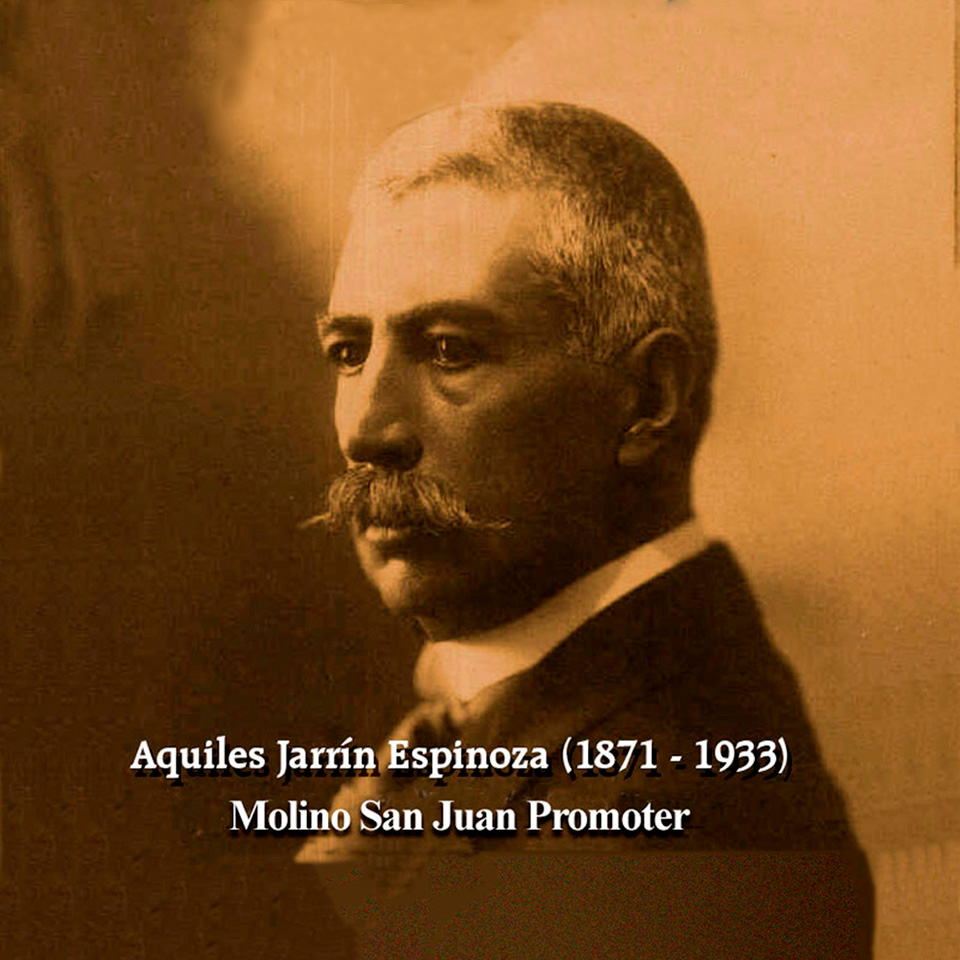
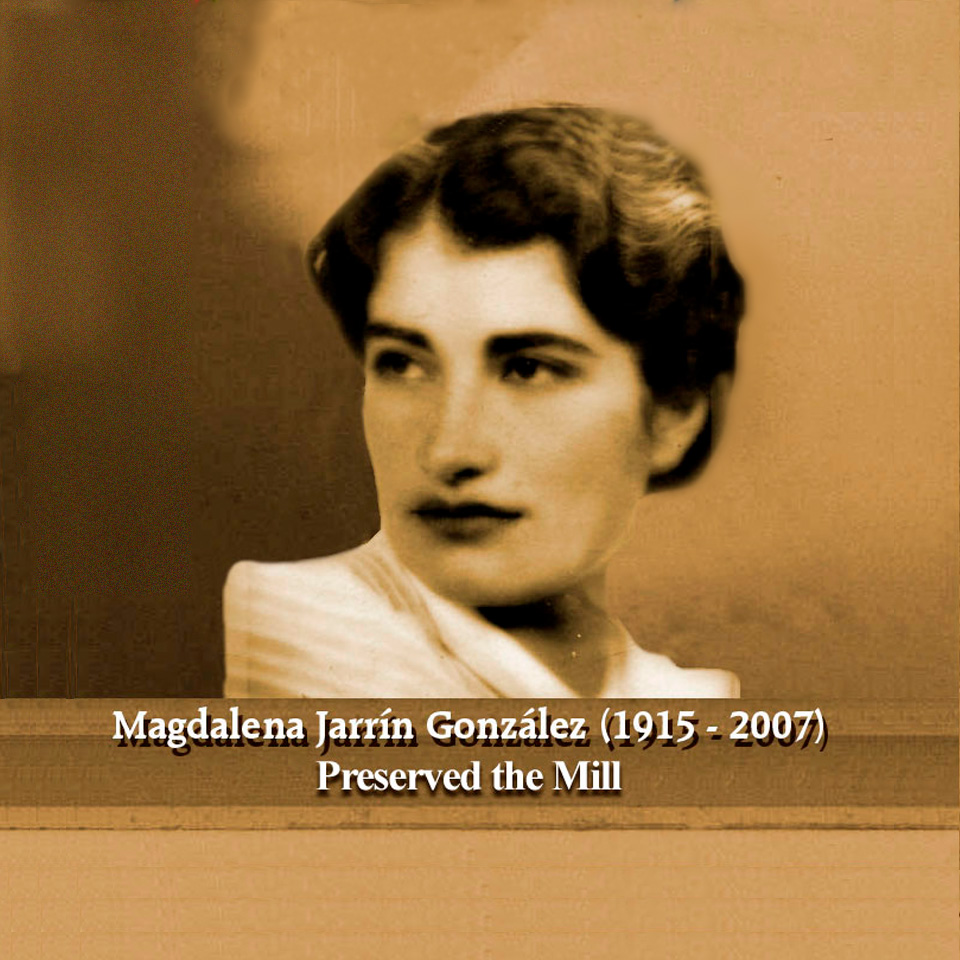
Until the middle of the year 1950, the hydraulic mill was used to process flour from the wheat grain.
Great part of its production supplied the north of the country and the rest was exported to Colombia.
The mill closed its doors due to the technological advance that made the design obsolete. What was relevant was that Magdalena Jarrin G., had the vision of the future and the character to preserve and maintain the historic artifact.
Molino “San Juan” or Molino de “La Compañía” as it was known since it was part of the hacienda of the same name, belongs to some descendants of the Jarrin family, (V generation), who have turned it into an icon of Cultural attraction in Ecuador.
Turbines, sieves, strainers, grinding stones, flour receivers, in short, are pieces that have been used as decorative elements and are part of the original tourist product, which invites you now to discover the charming and romantic atmosphere, full of aromas and flavors of an old mill reminiscent of anecdotes and memories …
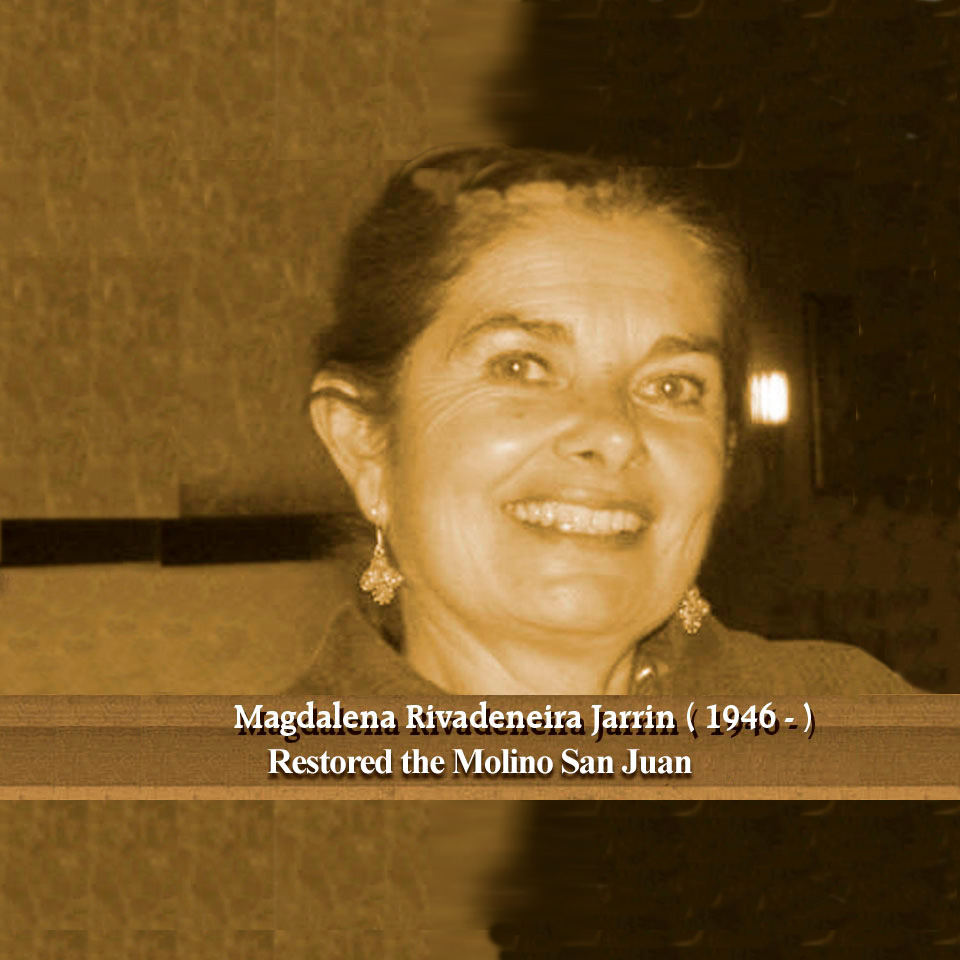
Mobile: (593 9) 9 2753 087
Hacienda: (593 2) 2140 478
Mobile: (593 9) 9 9 450 864
Email: info@molinosanjuan.com